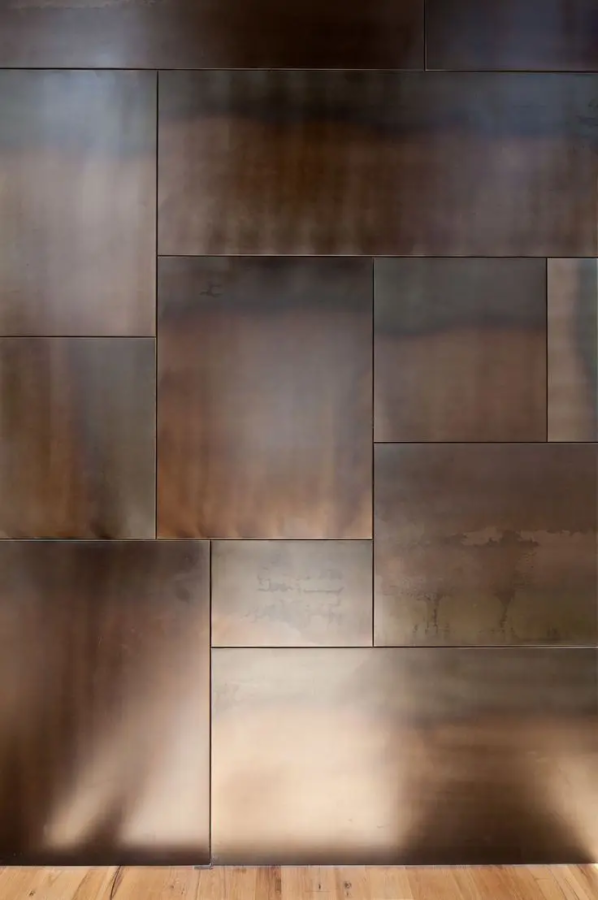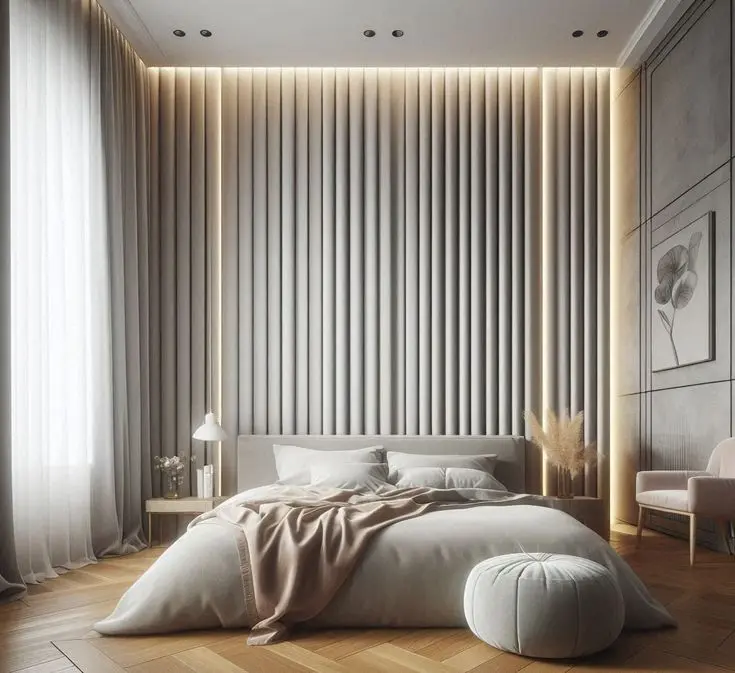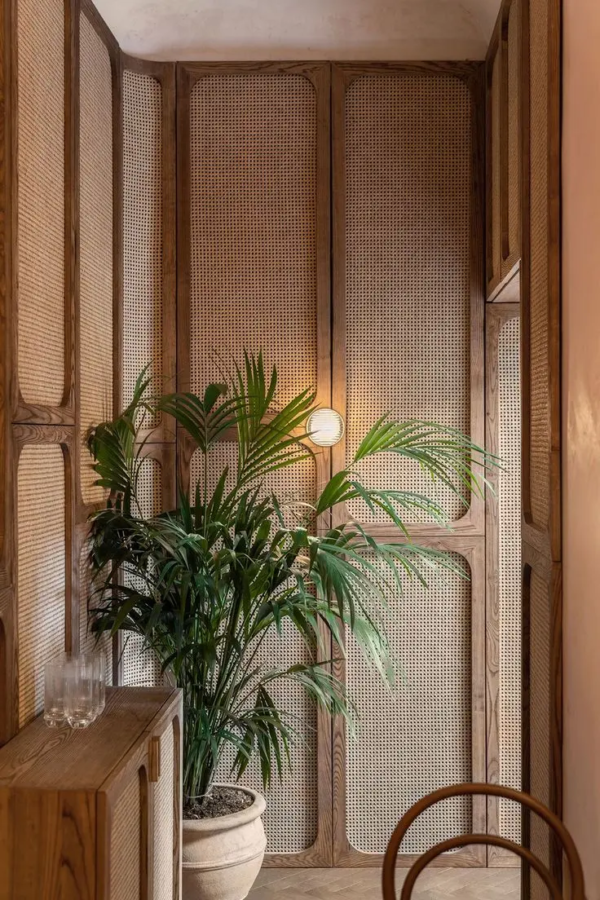When it comes to designing interiors, wall cladding is a creative and functional way to add depth, texture, and character to a space. While paint remains a popular choice, exploring alternative materials for wall finishes can elevate the aesthetic and durability of your walls. Here are some standout options:

1. Wood Paneling
Wood is a timeless material that brings warmth and sophistication to any room. From shiplap and tongue-and-groove panels to vertical slats or reclaimed wood planks, the options are diverse. Wooden cladding works well in modern, rustic, and Scandinavian interiors. Additionally, it provides insulation, making it a practical choice for cooler climates. For a sleek look, opt for light woods like oak or maple; for a cozy feel, darker tones like walnut or mahogany are ideal. PRO-TIP: You can even use WPC panels (wood-composite) which come in a wood-like finish which is a more economical option and specifically made for interior wall paneling.


2. Stone Veneer
Stone cladding is perfect for adding a natural, luxurious feel to interiors. Whether you prefer the ruggedness of stacked stone or the polished elegance of marble, stone veneers can transform a wall into a focal point. This material is durable, fire-resistant, and low maintenance, making it an excellent choice for living rooms, fireplaces, or accent walls. Modern engineered stone options also make installation easier and more cost-effective compared to traditional solid stone.

3. Brick
Exposed brick walls are a favorite in industrial, rustic, and urban design styles. If you don’t have natural brick walls, brick veneer or cladding tiles can create the same effect. They offer a raw, textured look and can be left natural, painted, or whitewashed to suit your design theme. Brick walls are not only visually appealing but also highly durable and resistant to wear.

4. Wall Tiles
Tiles are not just for bathrooms and kitchens anymore. From ceramic to porcelain and even terracotta, wall tiles can create stunning textures and patterns in any room. Glossy tiles work well for sleek, contemporary spaces, while matte or patterned tiles can add character to eclectic or vintage interiors. They’re easy to clean and moisture-resistant, making them ideal for high-humidity areas.

5. Metal Cladding
For a bold, industrial aesthetic, metal panels or sheets can be used to clad walls. Materials like stainless steel, aluminum, and copper are popular choices, each offering a unique finish. Brushed or polished metal provides a modern vibe, while aged or patinated metal adds an antique charm. This option is durable, easy to maintain, and especially suited for contemporary or loft-style interiors.

6. Concrete or Cement Finishes
Concrete cladding offers a raw, minimalist appeal that’s perfect for modern and industrial spaces. You can achieve this look with concrete panels or plaster-based cement finishes. Polished or textured concrete provides a seamless, monolithic effect, while concrete tiles or slabs can add modularity. This material is durable and creates a striking visual impact with its cool, neutral tones.

7. Fabric or Upholstered Panels
For a softer, more luxurious look, fabric or upholstered wall panels are a fantastic choice. These can be made from materials like velvet, linen, or leather, and often include padding for added texture and sound insulation. Upholstered walls are a favorite in bedrooms and home theaters, as they add warmth and acoustic benefits while exuding sophistication.

8. Glass Panels
Glass wall cladding is a sleek, modern option that enhances light and space in interiors. You can choose clear, frosted, or back-painted glass to create a statement. Back-painted glass, available in various colors and finishes, is particularly popular for kitchens and bathrooms, as it’s easy to clean and resistant to stains. Mirrored glass is another option for making small spaces feel larger.

9. Wallpaper
While technically not a cladding material, wallpaper is a versatile alternative to paint that offers endless patterns, textures, and finishes. From metallic foils to embossed designs and even peel-and-stick options, wallpaper can quickly transform a space without the permanence of traditional cladding materials. Some wallpapers mimic the look of wood, brick, or stone, offering an affordable way to achieve the desired aesthetic.
10. Plaster or Stucco
Plaster and stucco finishes are great for achieving textured walls with a bespoke, handcrafted feel. Venetian plaster, for example, creates a smooth, polished surface with subtle color variations, ideal for adding elegance to formal spaces. Stucco is more textured and works well for rustic or Mediterranean-inspired interiors.

11. Bamboo or Cane Panels
Bamboo and cane cladding bring a natural, eco-friendly touch to interiors. These materials are lightweight, sustainable, and versatile, making them perfect for creating bohemian, tropical, or Asian-inspired designs. Bamboo slats or woven cane panels can be used as full wall coverings or as decorative accents.

Wall cladding offers a creative and durable way to elevate your interiors beyond the simplicity of paint. Whether you opt for the warmth of wood, the raw beauty of stone, or the modern appeal of glass or metal, each material brings unique characteristics to a space. By carefully selecting the right cladding for your needs, you can create walls that are not only visually stunning but also long-lasting and functional.
For further design updates please visit our YouTube Channel:


